Balancing life with breastfeeding may have its challenges, but having early access to skilled lactation care and resources will give you the needed support and guidance to maintain that balance while meeting your infant feeding goals.
Having a new baby and learning to breastfeed takes time, so it is important for new parents to take care of themselves. Try to listen to your body so that you can tell when stress is affecting your health.
Take these steps to help make breastfeeding go smoother:
Other self-care tips
Of course, we recognize that it is not always easy to have time for this self-care. Everyone will tell you to nap when your baby naps. This can be hard for some parents to do, especially if they have a million things running through their minds worrying about everything that needs to be done. Try to let these things go, so you can truly get your rest. It is important. Don’t stress it if you can. If you need some moral support, you can always reach out to your lactation consultant for advice and guidance.
Breastfeeding is easy to do anywhere or anytime. If you choose to breastfeed in public, here are some tips you can follow:
Some parents may prefer to nurse discreetly. If you do not want your breasts to show in public, try using the cradle position or put a shawl or receiving blanket over your shoulder to cover your breast. Or, you might want to pump your milk and give it to your baby by the bottle when in public places. Your comfort is important.
Remember parents have the right to breastfeed anywhere they have the right to be. The federal government and all fifty states, the District of Columbia, Puerto Rico, and the Virgin Islands have laws that specifically allow parents to breastfeed in any public or private location. Twenty-nine states, the District of Columbia, and Puerto Rico have laws related to breastfeeding in the workplace. (Arkansas, California, Colorado, Connecticut, Delaware, Georgia, Hawaii, Illinois, Indiana, Louisiana, Maine, Minnesota, Mississippi, Montana, New Hampshire, New Jersey, New Mexico, New York, North Dakota, Oklahoma, Oregon, Rhode Island, Tennessee, Texas, Utah, Vermont, Virginia, Washington, and Wyoming).
You can see the laws in your state at the National Conference of State Legislatures website at www.ncsl.org/research/health/breastfeeding-state-laws.aspx.
To get tips and gain confidence about breastfeeding in public, feel free to contact us and make an appointment with one of our board-certified lactation consultants. You have the right to breastfeed wherever you may be.
Pumping allows you to continue to feed your baby breast milk through a bottle if you are separated from baby, and it can also be a useful tool for other reasons, such as increasing a low milk supply or feeding a baby who is not able to nurse effectively at the breast. While some families may need to initiate pumping sooner for these reasons, typically it is recommended to wait until after the first few weeks of breastfeeding, when you and your baby are getting used to nursing and your milk supply is still being established.
Before you start
If you need help getting your milk to flow, you can
You can express your milk either with your hand or with a manual or electric breast pump.
Hand Expressing. You use your hand to massage and compress your breast to remove milk. Hand expression requires practice, skill, and coordination. It gets easier with practice and can be as fast as pumping. This might be a good option if you are seldom away from your baby or if you need an option that is always with you. Actually, all parents should learn how to hand express. Watch this video from Stanford to learn how.
Manual Pump. You use your hand and wrist to operate a hand-held device to pump the milk. It requires practice, skill, and coordination as well. It is useful for occasional pumping if you are away from your baby only once in a while.
Electric Breast Pump. This type of pump runs on a battery or plugs into an electrical outlet. It can be easier to use for some parents, and you can either pump one breast at a time or both breasts at the same time. Double pumping may collect more milk in less time, which is helpful if you are going back to work or school. You will need to clean the equipment with soap and water and let it air dry between uses to keep germs from getting into the milk. This type of pump can cost anywhere from $150 to more than $250.
You can rent a hospital-grade electric pump from a lactation consultant at a local hospital or from a breastfeeding organization. This type of pump works well for creating a milk supply when a new baby can’t feed at the breast, but usually isn’t necessary for a well-established milk supply. Parents who have struggled with other expression methods may find that these pumps work well for them.
Under the Affordable Care Act, your health insurance plan must cover the cost of a breast pump. You may be offered a rental or a new one for you to keep. Your plan may provide guidance on whether the covered pump is manual or electric, how long the coverage of a rented pump lasts, and when they’ll provide the pump.
Check out www.HealthCare.gov to learn more about your breastfeeding benefits and talk to your insurance company to learn their specific policies on breast pumps.
When feeding your baby expressed breast milk, it may not look perfectly white in color, and this is okay. Stored breast milk can vary in color. It is also normal for the fatty part of the milk to separate and rise to the top of the container. Gently swirl the bottle or sealed bag and the fat should go back into the milk. If it doesn’t, the milk may be bad. You can always taste it to make sure. If it tastes spoiled, it is not good to feed it to your baby and needs to be thrown away.
Many parents start to pump breast milk when they decide to return to work after family leave. Others may start when they need someone else to help feed the baby. Whatever the reason for starting, you should practice 1 or 2 weeks in advance to learn how to use your pump. You can pump right after your baby eats or between feedings. You may even pump one breast while you feed your baby from the other.
This advanced planning gives you time to build up a collection of breast milk and store it for your baby’s later feedings, and for your body to learn how to respond to the pump.
Pumping breast milk takes about the same time as it does to breastfeed, which is generally about 10 to 15 minutes. If you’re trying to boost your supply, pump for a few minutes after your milk stops flowing.
At first, you may not get much milk, but this will change as you continue to pump regularly and your body gets used to the pump. The more you pump the more milk your breasts will make, but remember that your baby is more efficient at removing milk than the pump is, so the amount you are able to pump is usually less than what is being transferred by baby during a nursing session.
The best way to increase your milk supply is to breastfeed or pump more often, but be careful not to overdo it or you could end up with an oversupply.
Freshly expressed breast milk can be stored in the back of the refrigerator (39 degrees Fahrenheit or colder) for up to 4 days. It can be stored in the back of a freezer (0 degrees Fahrenheit or colder) for up to 6 months and it can be stored in the back of a deep freezer (-4 degrees Fahrenheit or colder) for up to 12 months.
If your breast milk is stored in a cooler with ice packs, it can last up to 24 hours. If it is at room temperature (less than 77 degrees Fahrenheit), it can last up to 4 hours. Throw out any leftover milk within 1 to 2 hours after the baby is finished feeding.
All breast pump parts that come in contact with breast milk, such as bottles, valves, and breast shields, should be cleaned after each use with warm soapy water. Sterilization is not necessary to keep breast pump parts safe and sanitary, but many parents choose to use microwave sterilizers, a pot of boiling water, or the top rack of a dishwasher for an occasional deep-clean.
Yes! Recent changes to breastmilk storage guidelines say that it’s ok to add your most recently pumped fresh milk to a container of already refrigerated milk pumped on the same day without cooling it down first. Minimizing transfers between containers reduces the wastage of fat and calories, and combining your milk from different pumping sessions can reduce the nutritional variability in each bottle of milk.
If after feeding your baby, you have half or a quarter of it left, put it in the fridge and offer it again at the next feeding. Don’t keep it beyond that point, as used breast milk can become contaminated since bacteria from the baby’s mouth can get into the bottle while your baby sucks.
Planning ahead for your return to work after family leave can help ease the transition. With proper planning, you can continue to enjoy breastfeeding your baby long after your family leave is over. Here are some planning tips you can follow to ensure a smooth transition: During Family Leave
Back at Work
While At Work
If you are looking for help with balancing life while breastfeeding, our lactation consultants at Nest Collaborative can help. Our expert team provides lactation support for prenatal and postpartum parents, during any stage from beginning to end. Book an appointment today with one of our lactation consultants.
Center for Disease Control: Proper Storage and Preparation of Breast Milk
